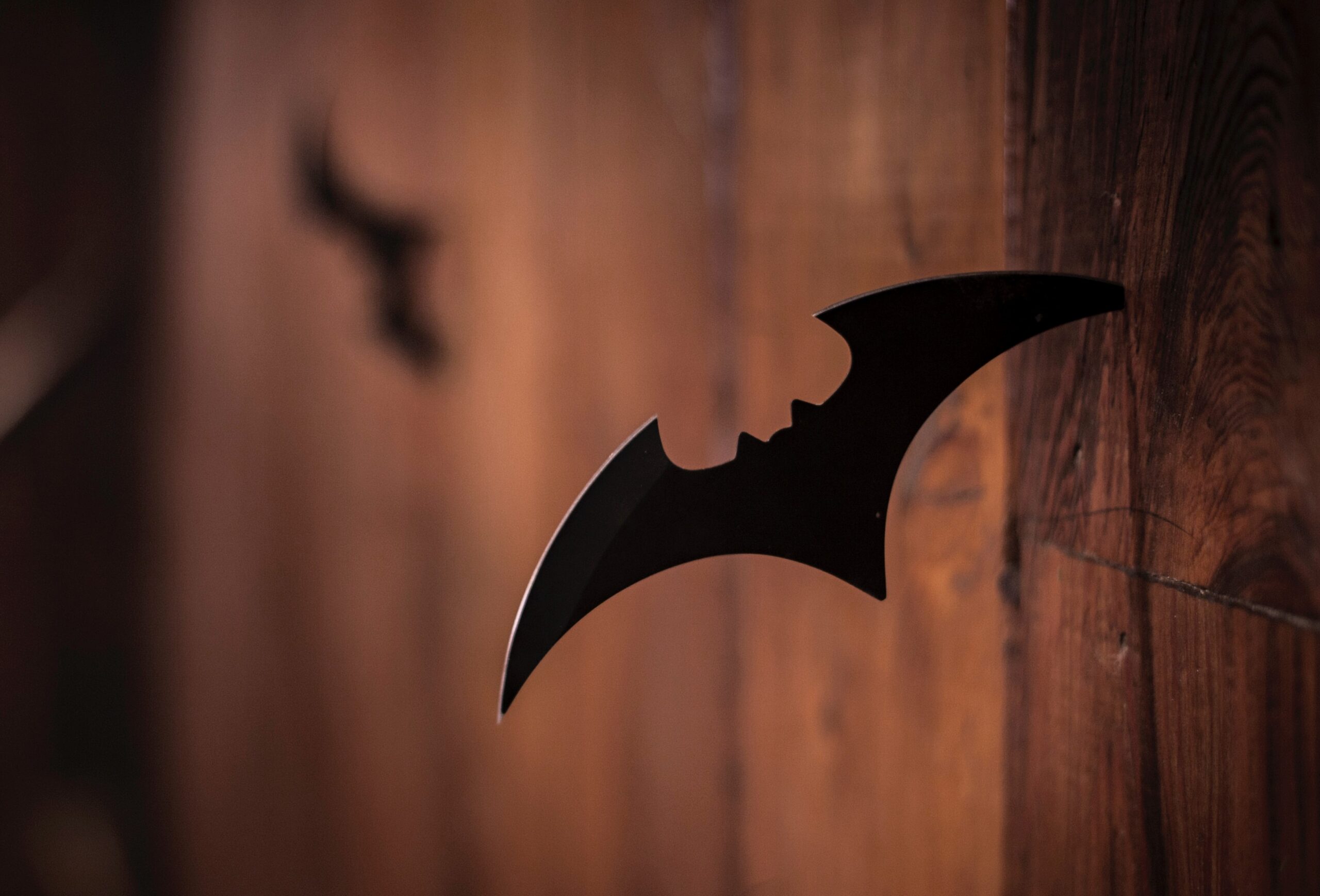This is because, when it comes to personalities – whether it’s a person, a character, or a brand – there’s no black or white, but a rainbow of a million different shades.
Defining your brand personality is no easy task, but it determines consumer perception and helps you shape the most successful way to communicate. This is where Brand Touch comes to the rescue.
Brand personality is developed through the interaction within a market, its environment, and consumers. There are two key elements to a brand personality, internal and external. The internal one is the emotion which consumers experience in association with a certain brand, whilst the external is how a brand present itself.
Brand Touch measures how different personality traits are perceived in the market, and then creates a mapped-out profile of a brand’s personality. Parameters such as extroversion and agreeableness are evaluated, plotted, and graphed to create a detailed analysis of a brand’s identity. This approach helps your brand align its current perception with the desired one, and to visualise its personality within the market.
There are no good or bad traits as such. It’s all about how a brand is perceived, and how this perception relates to each trait of the personality. For example, no one wants to be the villain. But having some “negative” traits in your brand personality might work better for you than being 100% hero. Villains tend to be more self-confident, and individualistic. So, while Batman attracts the larger audience, the Joker might be able to drive price more effectively.
To understand what’s the most successful personality for your brand, you need to define your main mission. By identifying your brand KPIs you will then be able to figure out what personality traits relate to each of those. Some traits – even the ones that you might think you don’t want to have - will help you meet your KPIs, while some others – that sound more desirable - might have the opposite effect. A brand can be perceived as down to earth, but it can also be seen as competitive. It’s only by having this mix of personality traits that you can create something unique and really differentiate your brand.
Brand personality doesn't have to be fixed, it's something that should change depending on what your priorities are, what you want to communicate, and to whom.
For example, we’ve been supporting an international retailer to re-position themselves as a younger, and cooler brand. Through Brand Touch we’ve analysed and understood what their positioning was at the time, and then we’ve evaluated some possible future brand concepts. By analysing these concepts to understand how they’d align with their current brand it emerged that although their idea of repositioning was valuable, it was too distant from their current brand image. So, changing too fast could have risked alienating and losing current consumers. Brand Touch addressed our client in a clear direction, and the brand decided to move forward with the new positioning but at a slower rate. This allowed them to attract new consumers while retaining the older “fanbase”.
By understanding what your brand personality is, you can compare your positioning to your closest competitors and either adapt it to fill in a gap or own a particular trait of your personality and dominate that space. This self-awareness is also important when presenting new products or if you’re repositioning your brand.
For example, if you have a distinct personality, you’ll be able to identify the right advertising partnerships. Employing a celebrity who is family-oriented and welcoming can either reinforce your brand perception or shift it to present a more welcoming and caring image.
Getting to know your brand’s personality is just like getting to know a person. It’s not always straightforward and it can be unexpected. But without a personality a brand is just an empty shell, just like our hero without a villain.
By Robert Beatus, Head of R&D Nepa and John Palm, R&D Senior Analyst
Want to know more? Contact us today and our brand experts will help you!
Read also other Nepa Brand Series blog posts:
Forget me not, how to stand out and be remembered.
How to measure your brand strength
Published on: 30TH NOV 2021
